News
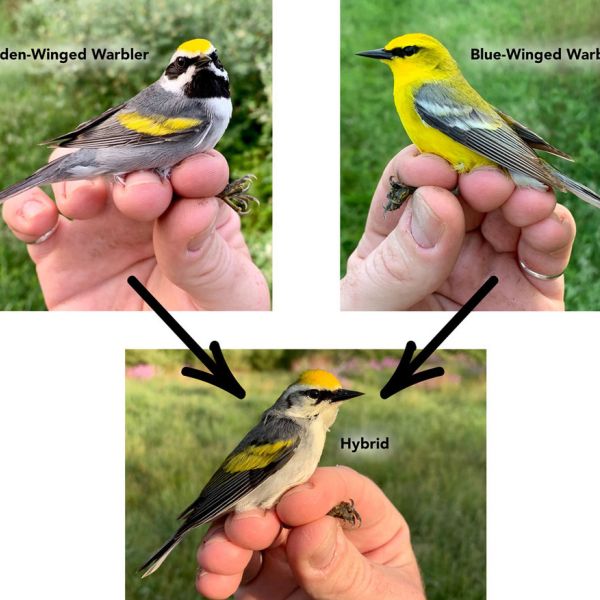
Jul 14, 2020
What determines a warbler's colors?
A new study has narrowed down the region of the genome that drives the black color in throat and face of warblers by studying the hybrid offspring produced when two species mate.
Full Article
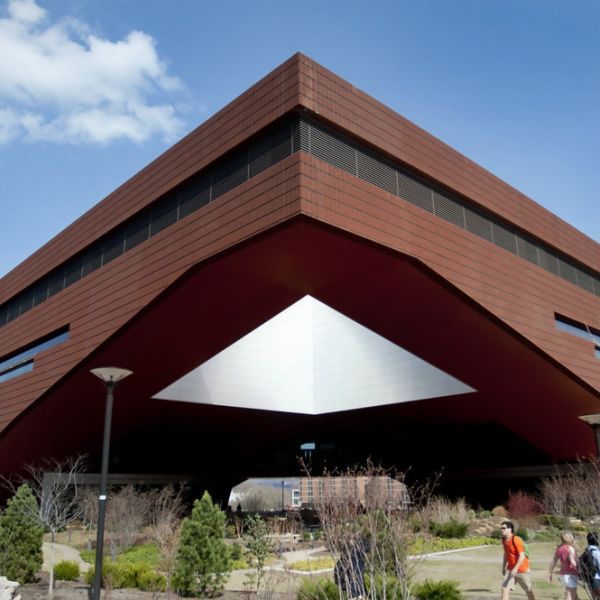
Jul 14, 2020
Huck Institutes tackles pandemic with true 'We Are' spirit
For faculty, staff and administrators working across Penn State’s Huck Institutes of the Life Sciences, the idea that the whole is greater than the sum of its parts is more than an abstraction. It’s an everyday reality.
Full Article
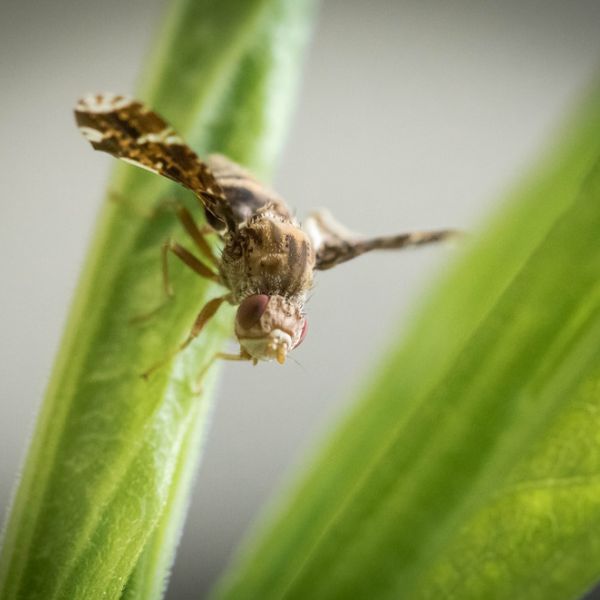
Jul 09, 2020
Gall fly outmaneuvers host plant in game of 'Spy vs. Spy'
Over time, goldenrod plants and the gall flies that feed on them have been one-upping each other in an ongoing competition for survival. Now, a team of researchers has discovered that by detecting the plants’ chemical defenses, the insects may have taken the lead.
Full Article
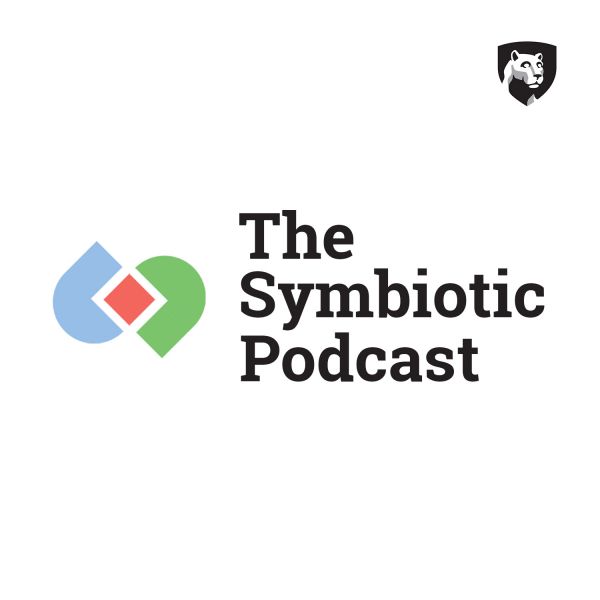
Jul 08, 2020
Podcast explores COVID-19 messaging’s effects on perceptions, anxieties and behaviors
A new episode of The Symbiotic Podcast offers an inside look at an effort to dig deep into the subjective experiences of health care workers and the public across the globe
Full Article
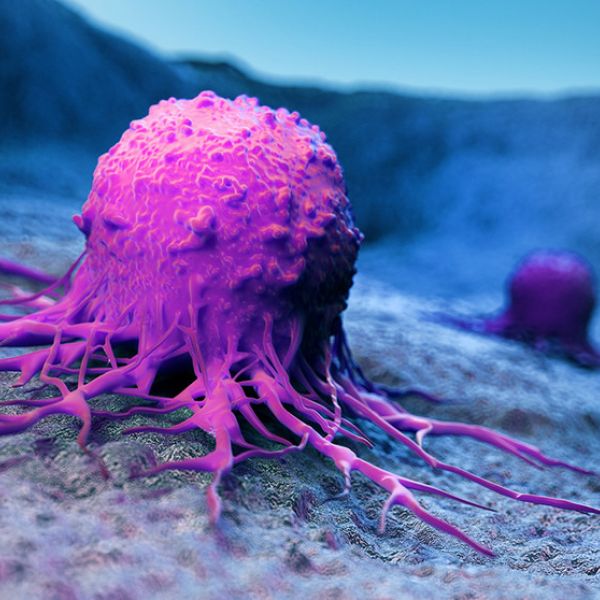
Jul 07, 2020
Custom nanoparticle regresses tumors when exposed to light
A unique nanoparticle to deliver a localized cancer treatment inhibits tumor growth in mice, according to a team of Penn State researchers.
Full Article
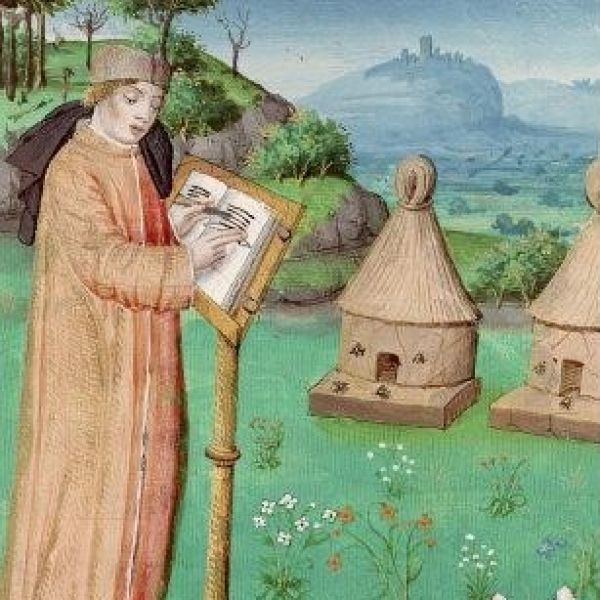
Jul 06, 2020
Virgil inspires donor to create endowed professorship in College of Ag Sciences
Thanks to a $1 million gift from an anonymous donor, the College of Agricultural Sciences and the Department of Entomology have established the Publius Vergilius Maro Professorship. Designated for a faculty affiliate of the Center for Pollinator Research, the endowment is the fourth professorship for the Department of Entomology. Christina Grozinger, professor and director of the Center for Pollinator Research, has been appointed to the position, effective July 1.
Full Article
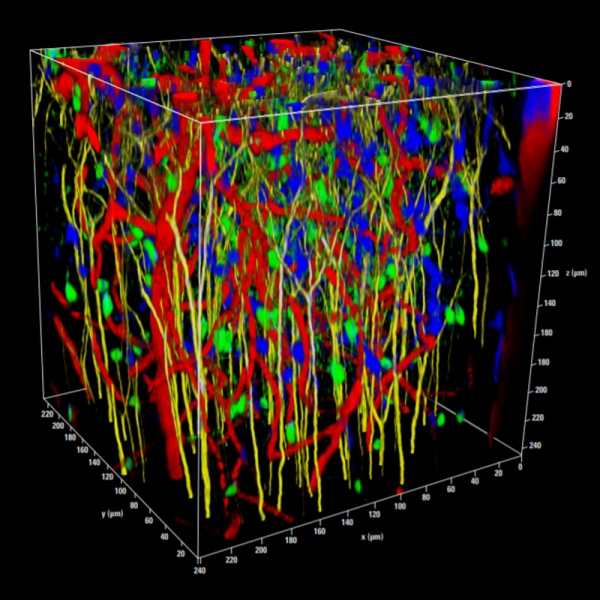
Jul 02, 2020
Newly acquired Leica SP8 DIVE Multiphoton Microscope enables deep in vivo imaging
Penn State researchers will be able to perform experiments that could not be achieved before. This acquisition will promote research in areas such as neurobiology, cell biology, microbiology, plant physiology, animal sciences and medicine, and beyond.
Full Article

Jul 02, 2020
Center for Security Research and Education announces seed grant awardees
The Center for Security Research and Education has selected 13 interdisciplinary projects through its spring 2020 seed grant program. CSRE is providing $300,000 in funding, plus an additional $300,000 in funding from other sources.
Full Article
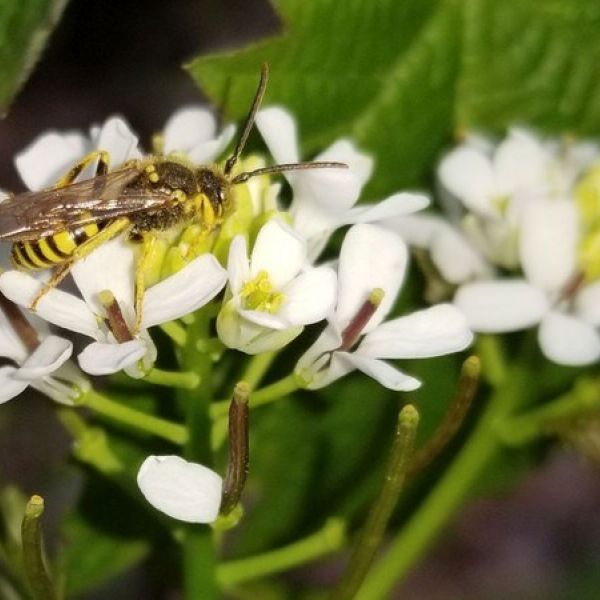
Jun 30, 2020
Checklist of Pa. bees documents 49 new species and some that may be endangered
A study documenting bees that are reported to occur in Pennsylvania has found the presence of 437 species, including 49 never before recorded in the state. Researchers said the resulting checklist of bees in the commonwealth also identifies species not native to North America and several native species that may be of conservation concern.
Full Article

Jun 29, 2020
Coral Researchers Recognized for Significant Contributions to Field
Iliana Baums and her research team were recognized by members of the coral reef community as making significant contributions to coral reef research.
Full Article